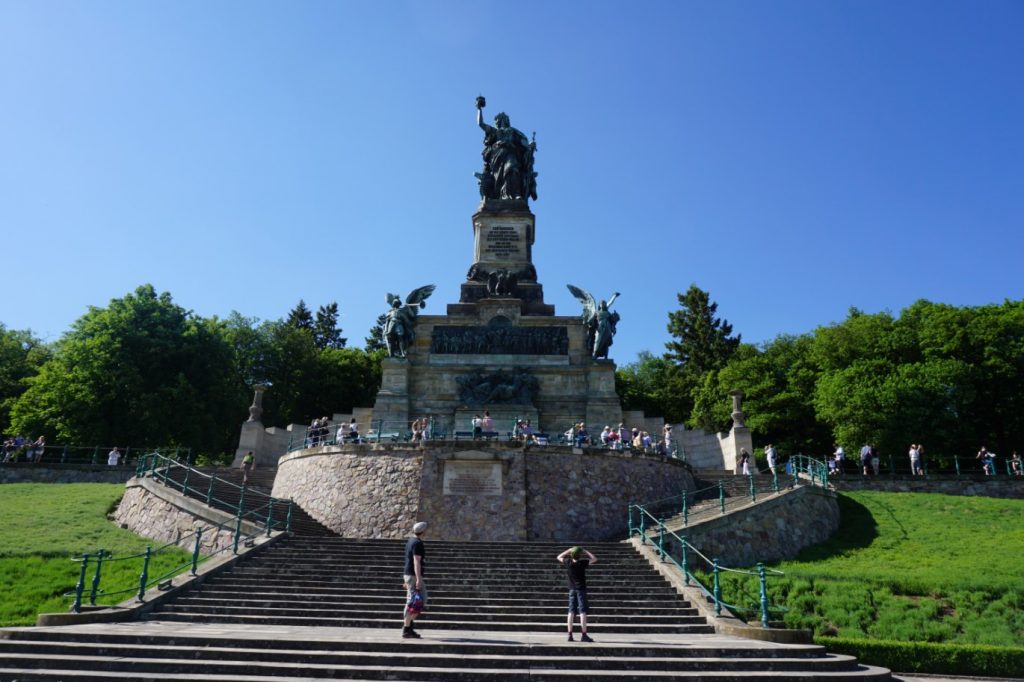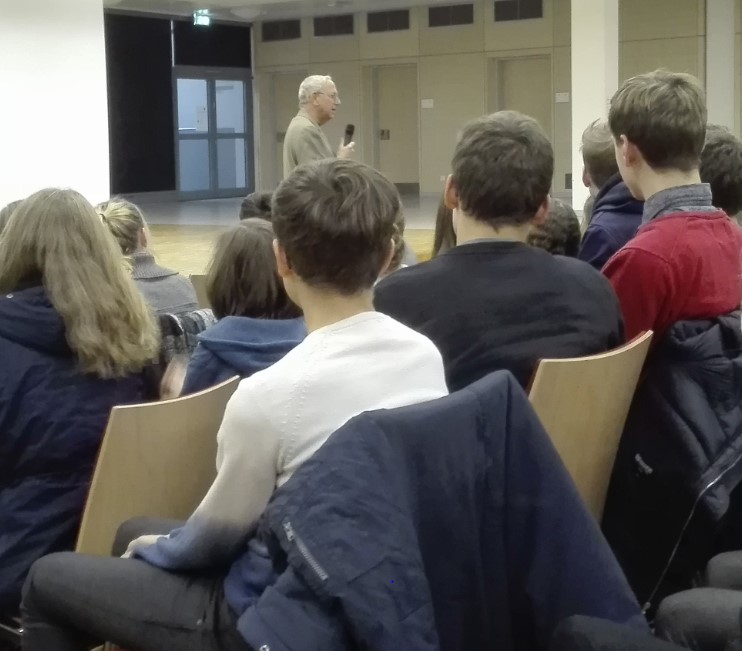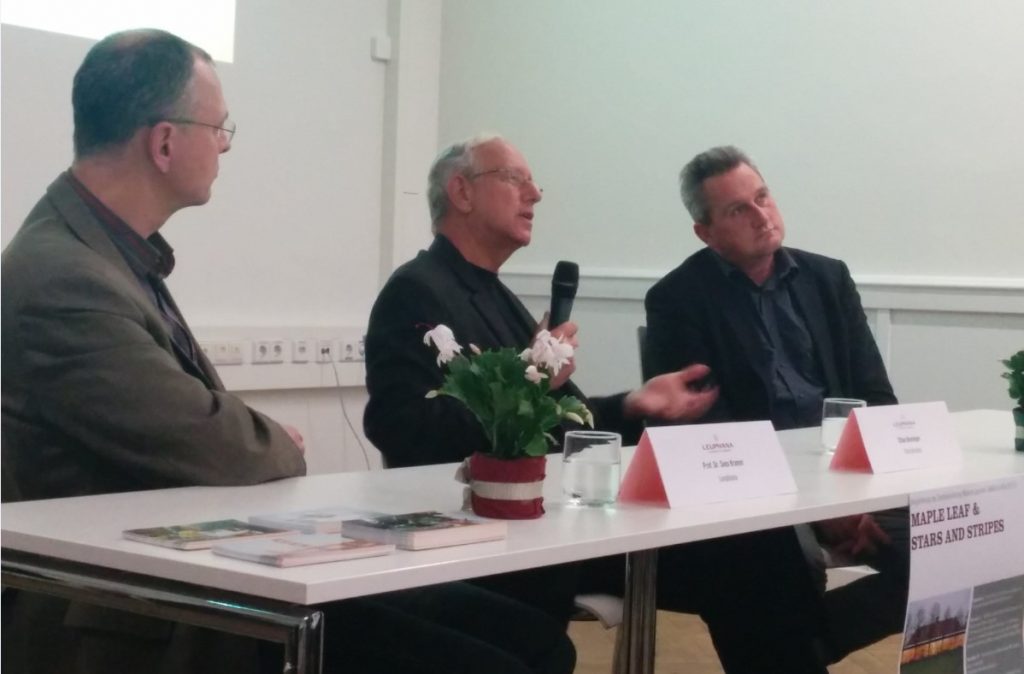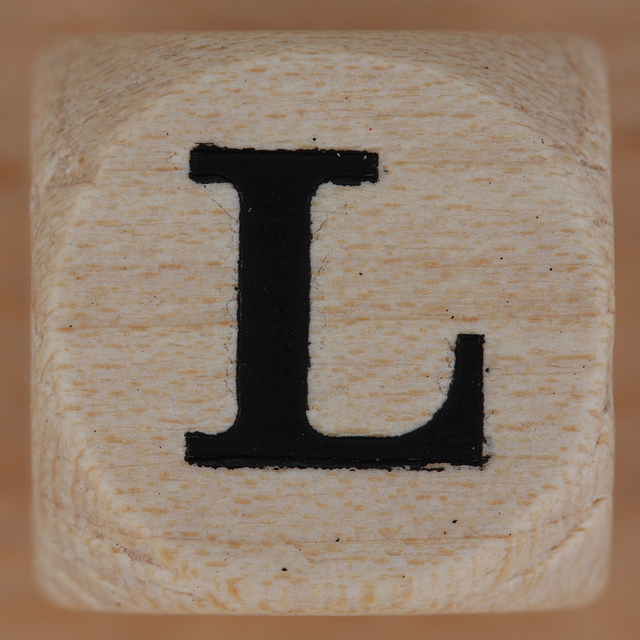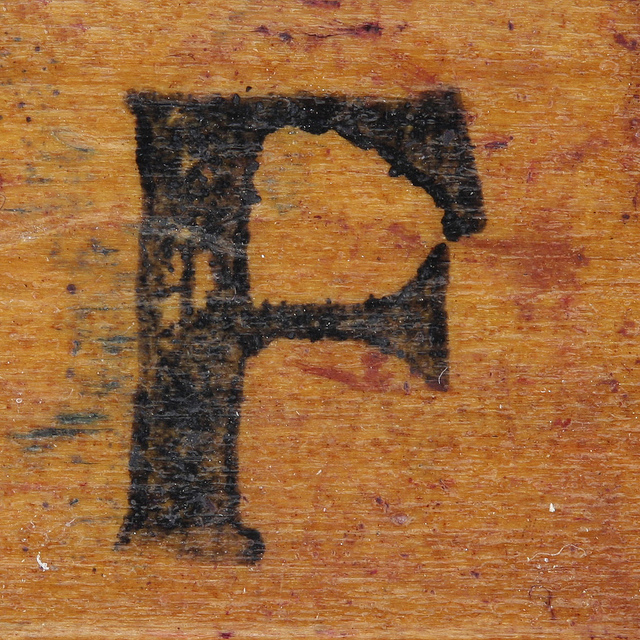
For the past decades, sitcoms have been omnipresent in our everyday lives. On TV, in magazines, or on the Internet – it’s hard to escape the stars and storylines of How I Met Your Mother, The Big Bang Theory, or Two and a Half Men. But when did this phenomenon begin? That’s easy: On November 18, 1947, Mary Kay and Johnny, the first sitcom ever broadcast on American TV, premiered on DuMont Television Network. Mary Kay and Johnny was a domestic situation comedy following the real life of newlywed couple Mary Kay and Johnny Stearns. By the time they started the show they had been married for about one year. The plot focused on the couple building their life together in the Big Apple with Johnny working at a bank and Mary Kay living the life of a typical housewife in their Greenwich Village apartment. So what exactly made this show extraordinary?







